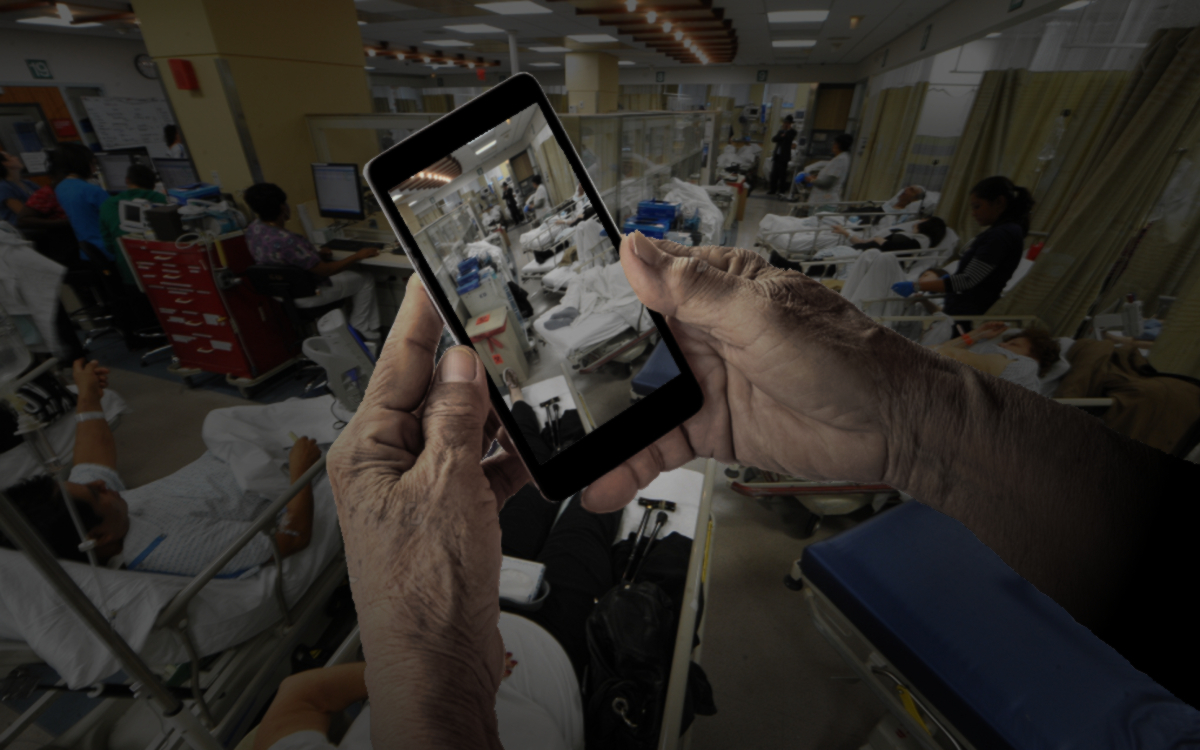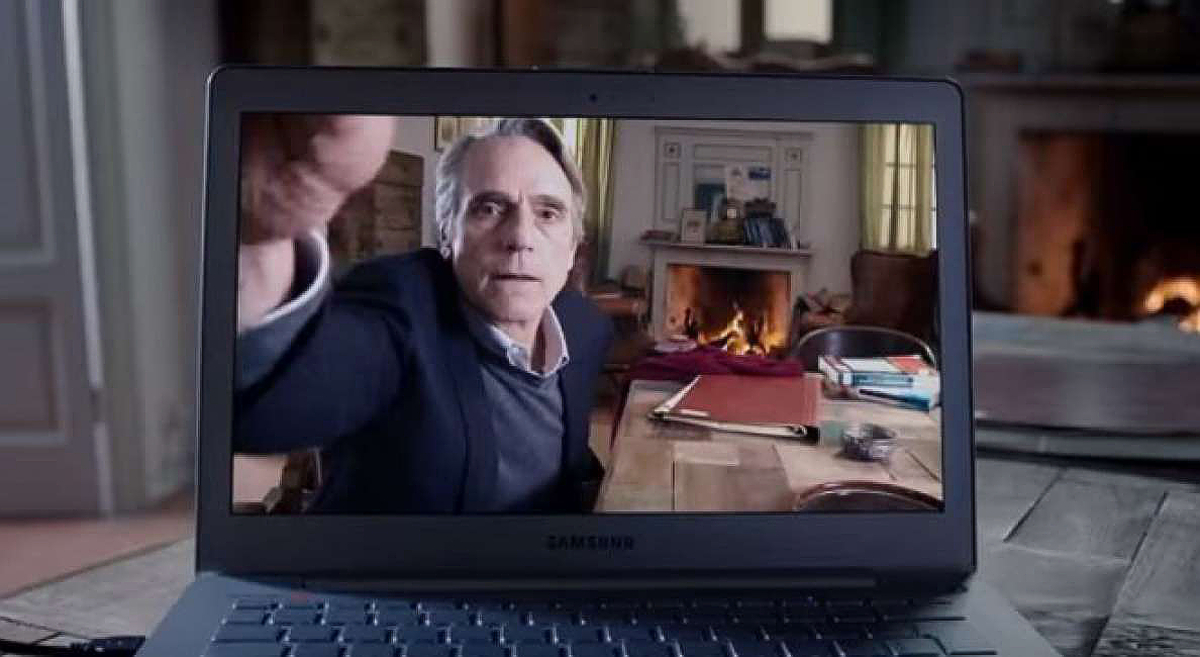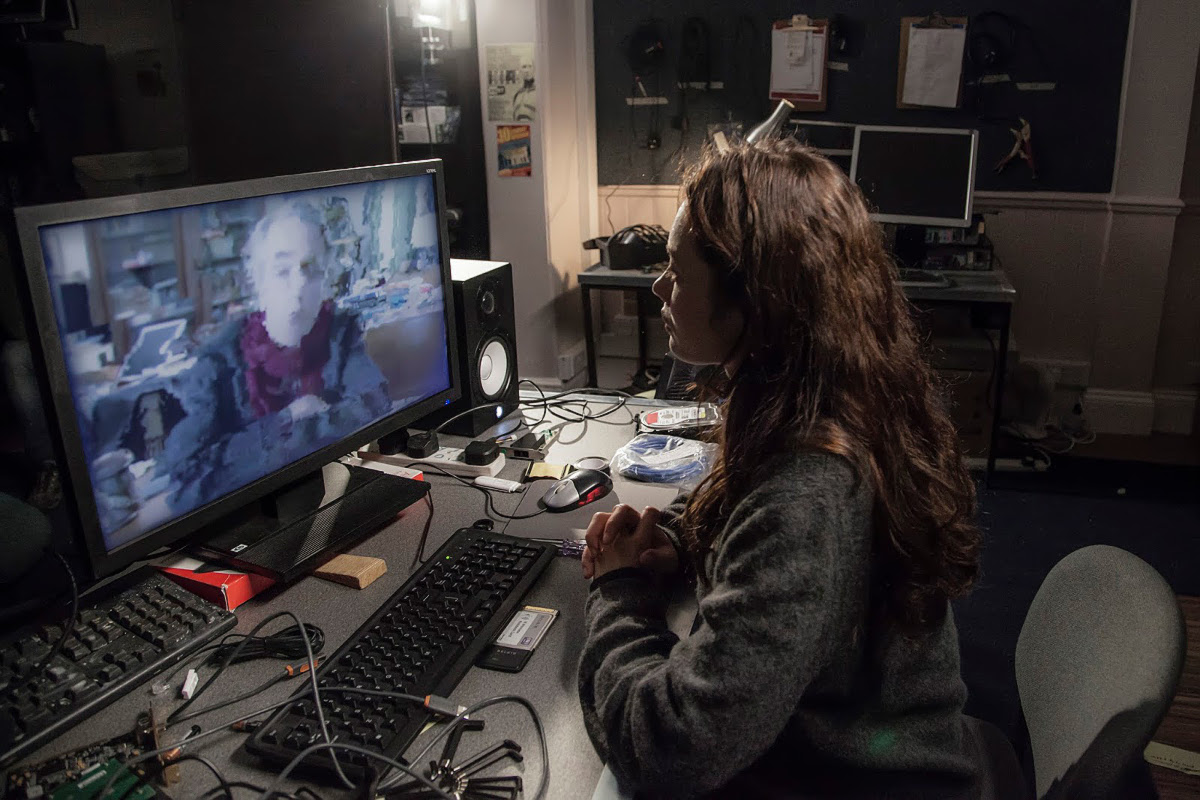Social media, death and immortality

Social media death immortality Social media death immortality Social media death immortality Social media death immortality
Listening on the radio to the presentation of a recently published book,** I discovered that today social networks, chats and websites offer us, in addition to the thousands of opportunities we all know about, perhaps also the illusion of never dying.
Indeed, there are chatbots capable of simulating a simple conversation with a human being, but there are more sophisticated ones, capable of processing our speech in the near future, to replace us in chat, even when we are no longer physically behind the PC screen, and thus continue conversations with our contacts, as if we were alive.
Over the past seventy years we have grown up with a “pornographic” idea of death, according to the famous definition formulated in the 1950s by the English anthropologist Geoffrey Gorer. In a secularized, materialistic and disenchanted society, death is much more frightening than in past centuries; that is why it has long since been marginalized from our everyday life and discourse. Its suffering has been relegated to the aseptic wards of hospitals and its grim and scabrous image on TV and computer screens; its scandalous words have been all but erased from the public and private vocabulary, and the discourses concerning it have been reduced mostly to the pre-packaged minimal phrases of condolences pronounced at funerals. And thus the removed death has also become an unmentionable one.
Social media death immortality Social media death immortality Social media death immortality Social media death immortality

In our days, through the dimension of virtual relationships in which we find ourselves transformed into loquacious, digitizing avatars, technology seems to amplify this great operation of collective removal of death.
Indeed, the traces of our profiles, with all the posts, comments, videos and images scattered throughout our lives seem destined never to be erased by the dense and endless roads of the net, granting us a kind of eternal life in a form unthinkable before the internet.
In the future then, with the possibility of continued chat interactions beyond the end of biological life, virtual reality will also offer the hope (to us) and illusion (to our contacts) of an active digital survival that goes far beyond the static memory of traces. This is a totally different idea of survival from the one to which two thousand years of Christianity have accustomed us, because it is desacralized and decoupled from the ground of faith and morality: no longer a divine and heavenly reward to righteous and devout souls, but a virtual and mental opportunity offered by technology to all internet users.
Many people think that the virtual one is a kind of fake and degraded sociality, as opposed to the real and authentic one of everyday reality; a thinly disguised and worthless act, where people are only their smiling and happy image, friendships only precarious and superficial contacts, and words an often messy congeries of flatus vocis crystallized in writing without commitment, often even violent and ungrammatical.
On one side, then, evil, falsehood and hypocrisy; on the other side, good, truth and honesty. Hence the constant appeals to go out and enjoy the sunshine and walks in the open air among people, written, however, by someone who at that same moment is locked alone at home in front of the computer…

Personally, I have never been convinced by this view of things; I think that virtuality is instead the place where we project, concentrated and amplified, all the contradictions that, for better or for worse, characterize our very existence: concentrated, because in fact, as soon as the Facebook page opens on the screen, we split into a kind of parallel, mental life, becoming ourselves a great contradiction, containing all the others that we live daily. Amplified, because if contradictions always explode in confrontation with the other, on social our discourses are addressed to such a wide audience of interlocutors, as to be potentially infinite. And with the number of people, the probability of encounters, clashes and revelations of self, of one’s desires and latent contradictions, indeed, increases. Moreover, the amplification of the effects of the words and images we publish can be completely beyond our control, leading to unpredictable and sometimes even catastrophic repercussions, of which, unfortunately, the news punctually tells us.
Returning to the initial theme, it seems to me that the contradiction that characterizes virtual dynamics also concerns our idea of death and, along with it, our relationship with the dimension of absence, which of death is substance.
Indeed, on the one hand, the digital revolution has enormously expanded our possibilities for action, communication and relationship, making us ubiquitous and omnipotent at the click of a mouse; and in this general horizon of omnipotence, the illusion of immortality – entrusted to the traces of an indelible virtual past and, in a near perspective, also to the perennial loquacity of chatbots – also seems to be returning to the cultural vision of a declining but technically triumphant West.
And if this virtual survival can be considered in the same way as an exorcism vis-à-vis death, on the other hand, a new form of acceptance of its idea in public discourse seems to be re-emerging, as the author of the book points out, manifesting itself in the rituals of collective sharing and elaboration of mourning that we witness online, on the occasion of tragedies, attacks or deaths of famous people.
Moreover, it seems interesting to me also to note the different ways in which social networks familiarize us with absence on a daily basis; not only because – as the author again points out – Facebook seems to be the largest existing and invisible graveyard, in which we wander unknowingly, among the numerous profiles of people who have passed away.
In fact, the absence also concerns people who are not pierced, but who, simply, suddenly decide, for the most varied reasons, to stop interacting, leaving there their friendship, with the photos, posts, words and sad or smiling faces of emoticons in perpetual memory. They are silent, but without disappearing altogether; of digital bodies that seem dead, but “without overdoing it,” as Szymborska put it.

Then there are also those who vanish into thin air because they unfriend us, or even block our friendship – and vice versa – with or without reason, or they close their profiles, disappearing from our sight for good; and in their place in our lists, there remains only a faceless name, which after a while again becomes completely anonymous, until it again reaches the non-being from which it had emerged.
Of the lives of these people we cross paths with in the squares of Facebook, we also happen to know a lot, sometimes guessing something, sometimes nothing, just as in real life. Each friendship that ends may thus be just a profile that disappears into indifference, or a void that remains, depending on the quality of the relationship that has taken place. Either way, it still seems a form of death.
Then when the silence of the contact is explained by the death of the person, with whom one may have talked, discussed, joked, laughed and cried until the day before, then the sorrow one feels is not much different from what we feel when we lose real friends or acquaintances. And in this case the sorrow also manifests itself on Facebook with more or less sincere expressions.
On social then, one becomes familiar with absence, partly because the other with whom one relates is never a person in his or her entirety, but only his or her abstract and disembodied part, made up of words without a voice (and misunderstandings are the order of the day), of gazes without eyes (and sometimes even without a face – if the profile picture does not show us), of mind without a body. Dimidiated people, in short, who are here with mind and elsewhere with body at the same instant, but of whom, I believe, the essence is manifested to us, if it is true that language and thought are inseparable and individualizing aspects of the human being (the rational, talking animal of Aristotelian memory).
I think that it is precisely because of this trait of abstractness and ‘incompleteness, that many are led to believe, more or less consciously. that Facebook friendships are less demanding relationships and less worthy of consideration, because they are more evanescent and precarious than real ones; and for the same reason I also think that, when one loses a virtual friendship, one loses something that one never quite “had.” Inevitably. All this, however, does not make it less valuable in the eyes of those who instead know how to grasp the essence and quality of individuals.
Considering, finally, the most delicate aspect, that of the death of loved ones with whom an imperishable social contact remains, I wonder what the effects of virtual survival might be on the psyche of people left in the flesh, bones and feelings, the day when the presence of these cyber spectres, verisimilarly constructed by increasingly sophisticated chatbots, collapses from the ideal heights of a somewhat eternal and incorruptible if fictitious virtuality, to crash on the hard and desolate ground of a stark and transient reality, which is then the one in which we live and in which death ultimately always reigns supreme.
Giuseppe Tornatore’s fine film, The Correspondence, comes to mind, which skillfully deals with precisely this momentous theme of the relationship between mourning and technology.

Still image from Giuseppe Tornatore's film, The Correspondence (2016).
If waking up from the reassuring torpor of illusions, in fact, is always a trauma, proportional to the intensity and duration of the spell they have exerted, accruing the awareness of the ‘illusory nature of a presence, dragged on for a long time beyond death, could perhaps be an even more devastating experience for the human psyche, structurally accustomed to dealing with experiences circumscribed within the limits of time and space.
For if mourning is a slow and circumscribed process that transforms the loss of a loved one into his or her symbolic presence and then into the acceptance of his or her not-being-anymore, and if such an experience is fulfilled only in the persons certain and irreversible absence (one cannot let go permanently of the one who might return), I wonder how its necessary elaboration is possible for those who survive, where the deceased instead remains suspended for an unlimited time in the abstract and vague sphere of a chat room, where true and false are confused.
How can one get used to loss, if one continues to converse with virtual talking ghosts, who mask their absence, without granting real presence, in an ambiguous dimension, which seems to deny death without being life and which has the verbal appearance of being but the concrete substance of nothingness?
And so, while Techne continues her unstoppable revolution to which Psyche watches in confusion, Atrope-who is the daughter of Ananche (the Necessity)-always proceeds, inexorable and indifferent to digital clamor, in severing the innumerable and subtle threads of human lives, because, as she exclaims from the cliff on which Prometheus, the father of all techniques, is chained, “the force of Necessity cannot be won.”

Social media death immortality Social media death immortality Social media death immortality Social media death immortality
Social media death immortality Social media death immortality Social media death immortality Social media death immortality
Social media death immortality Social media death immortality Social media death immortality Social media death immortality
** The book whose presentation I listened to (but have not yet read) and which gave me the impetus for this reflection is:
Davide Sisto, “La morte si fa social. Immortalità, memoria e lutto nell’epoca della cultura digitale”, Bollati Boringhieri, 2018
![]()
Originally published in Modus in Italian, 15/10/18
1 lettore ha messo "mi piace"


